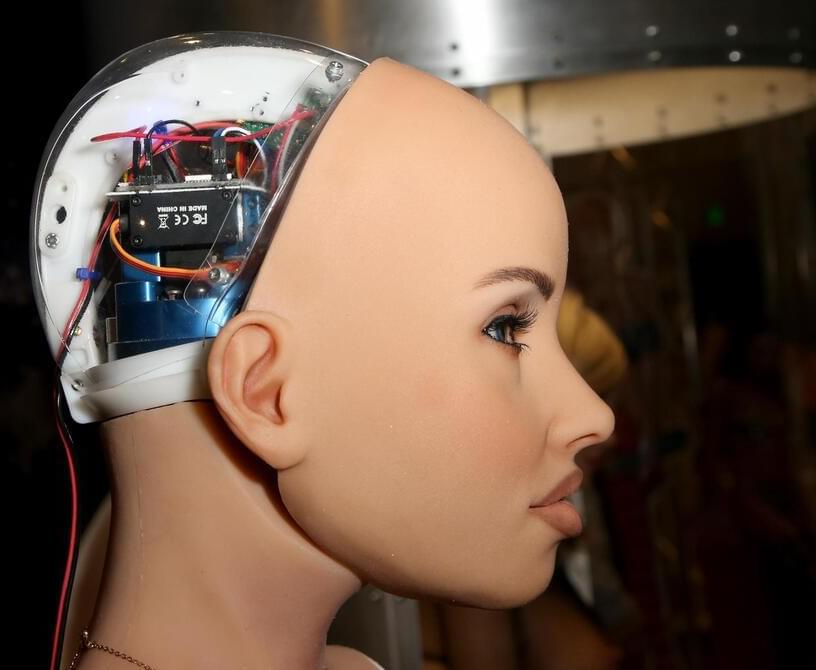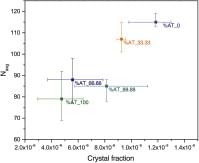The industry, particularly in the U.S. is undergoing significant growing pains with demand outstripping supply in materials and personnel.


CNBC’s Eunice Yoon reports on news that Alibaba is releasing a chatbot similar to ChatGPT. For access to live and exclusive video from CNBC subscribe to CNBC PRO: https://cnb.cx/2NGeIvi.
» Subscribe to CNBC TV: https://cnb.cx/SubscribeCNBCtelevision.
» Subscribe to CNBC: https://cnb.cx/SubscribeCNBC
Turn to CNBC TV for the latest stock market news and analysis. From market futures to live price updates CNBC is the leader in business news worldwide.
Connect with CNBC News Online.
Get the latest news: http://www.cnbc.com/
Follow CNBC on LinkedIn: https://cnb.cx/LinkedInCNBC
Follow CNBC News on Facebook: https://cnb.cx/LikeCNBC
Follow CNBC News on Twitter: https://cnb.cx/FollowCNBC
Follow CNBC News on Instagram: https://cnb.cx/InstagramCNBC
https://www.cnbc.com/select/best-credit-cards/
#CNBCTV

How does this work for the parent when they have a birth certificate but no baby to show for it, and no record of “disposing” of it?
FORT LAUDERDALE, Fla. (AP) — Safe Haven Baby Boxes and A Safe Haven for Newborns are two charities with similar names and the same goal: providing distressed mothers with a safe place to surrender their unwanted newborns instead of dumping them in trash cans or along roadsides.
But a fight between the two is brewing in the Florida Senate. An existing state law, supported and promoted by the Miami-based A Safe Haven, allows parents to surrender newborns to firefighters and hospital workers without giving their names. A new bill, supported by the Indiana-based Safe Haven Baby Boxes, would give fire stations and hospitals the option to install the group’s ventilated and climate-controlled boxes, where parents could drop off their babies without interacting with fire or hospital employees.
The bill recently passed the Florida House unanimously, but there is a long-shot effort to block it in the Senate, where it might be considered this week. Opponents call the boxes costly, unnecessary and potentially dangerous for the babies, mothers, firefighters and hospital workers. Each side accuses the other of being financially driven.

My latest Opinion piece:
I possibly cheated on my wife once. Alone in a room, a young woman reached out her hands and seductively groped mine, inviting me to engage and embrace her. I went with it.
Twenty seconds later, I pulled back and ripped off my virtual reality gear. Around me, dozens of tech conference goers were waiting in line to try the same computer program an exhibitor was hosting. I warned colleagues in line this was no game. It created real emotions and challenged norms of partnership and sexuality. But does it really? And who benefits from this?
Around the world, a minor sexual revolution is occurring. It’s not so much about people stepping outside their moral boundaries as much as it is about new technology. Virtual reality haptic suits, sexbots, and even implanted sexual devices—some controlled from around the world by strangers—are increasingly becoming used. Often called digisexuality, some people—especially those who find it awkward to fit into traditional sexual roles—are finding newfound relationships and more meaningful sex.
As with much new technology, problems abound. Psychologists warns that technology—especially interactive tech—is making humans more distant to the real world. Naysayers of the burgeoning techno-sex industry say this type of intimacy is not the real thing, and that it’s little different than a Pavlovian trick. But studies show the brain barely knows the difference from arousal via pornography versus being sexually active with a real person. If we take that one step further and engage with people in immersive virtual reality, our brain appears to know even less of the difference.

An illustrated mid-career monograph exploring the 30-year creative journey of the 8-time Academy Award-nominated writer and director
Paul Thomas Anderson has been described as “one of American film’s modern masters” and “the foremost filmmaking talent of his generation.” Anderson’s films have received 25 Academy Award nominations, and he has worked closely with many of the most accomplished actors of our time, including Lesley Ann Manville, Julianne Moore, Daniel Day-Lewis, Joaquin Phoenix, and Philip Seymour Hoffman. In Paul Thomas Anderson: Masterworks, Anderson’s entire career—from Hard Eight (1996), Boogie Nights (1997), Magnolia (1999), Punch Drunk Love (2002), There Will Be Blood (2007), The Master (2012), Inherent Vice (2014), and Phantom Thread (2017) to his music videos for Radiohead to his early short films—is examined in illustrated detail for the first time.
Anderson’s influences, his style, and the recurring themes of alienation, reinvention, ambition, and destiny that course through his movies are analyzed and supplemented by firsthand interviews with Anderson’s closest collaborators—including producer JoAnne Sellar, actor Vicky Krieps, and composer Jonny Greenwood—and illuminated by film stills, archival photos, original illustrations, and an appropriately psychedelic design aesthetic. Masterworks is a tribute to the dreamers, drifters, and evil dentists who populate his world.




Tesla is about to launch a big new software update that includes a few new features and a lot of user interface upgrades.
As a Tesla owner, it’s always a good day to get a notification that a new software update is available. You start wondering what new features or improvements you are getting that day.
Well, now we have a good preview of the next Tesla software update as Teslascope (a service that tracks Tesla software updates) found out about a new update that the automaker is pushing to employee vehicles, which generally means it will be coming soon to the customer fleet as well.

Homologous pairing (HP), i.e., the pairing of similar or identical double-stranded DNA, is an insufficiently understood fundamental biological process. HP is now understood to also occur without protein mediation, but crucial mechanistic details remain poorly established. Unfortunately, systematic studies of sequence dependence are not practical due to the enormous number of nucleotide permutations and multiple possible conformations involved in existing biophysical strategies even when using as few as 150 basepairs. Here, we show that HP can occur in DNA as short as 18 basepairs in a colloidal microparticle-based system. Exemplary systematic studies include resolving opposing reports of the impact of % AT composition, validating the impact of nucleotide order and triplet framework and revealing isotropic bendability to be crucial for HP. These studies are enabled by statistical analysis of crystal size and fraction within coexisting fluid-crystal phases of double-stranded DNA-grafted colloidal microspheres, where crystallization is predicated by HP.